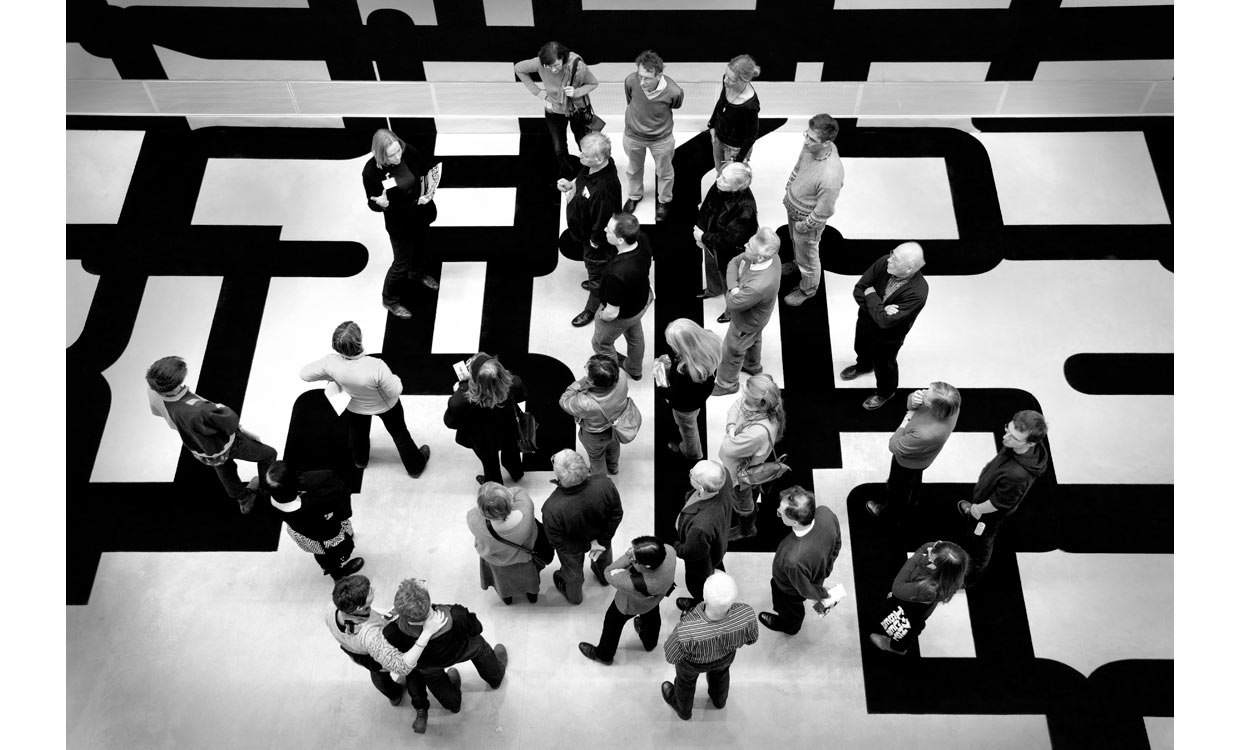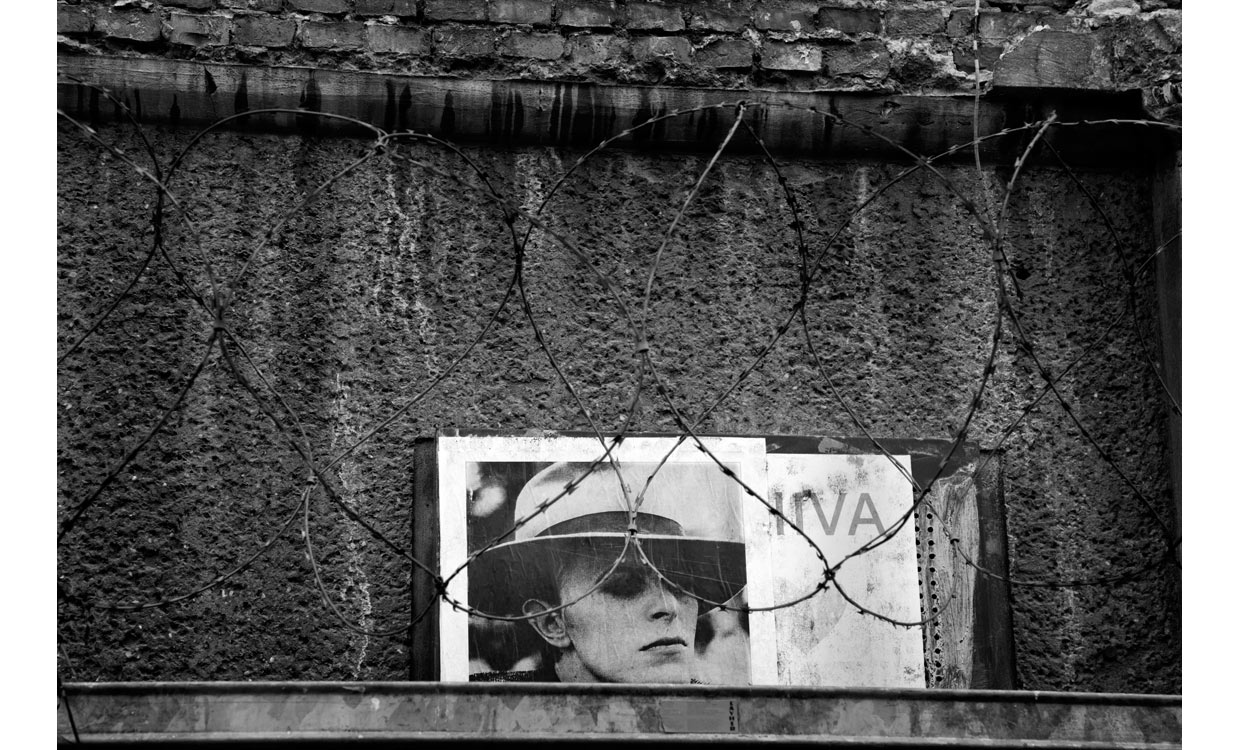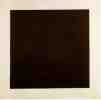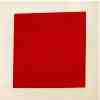Asher Kelman
OPF Owner/Editor-in-Chief
I just received notice of this collection of recent pictures by a wonderful NY artist. Both he and his wife Rivka are so talented.
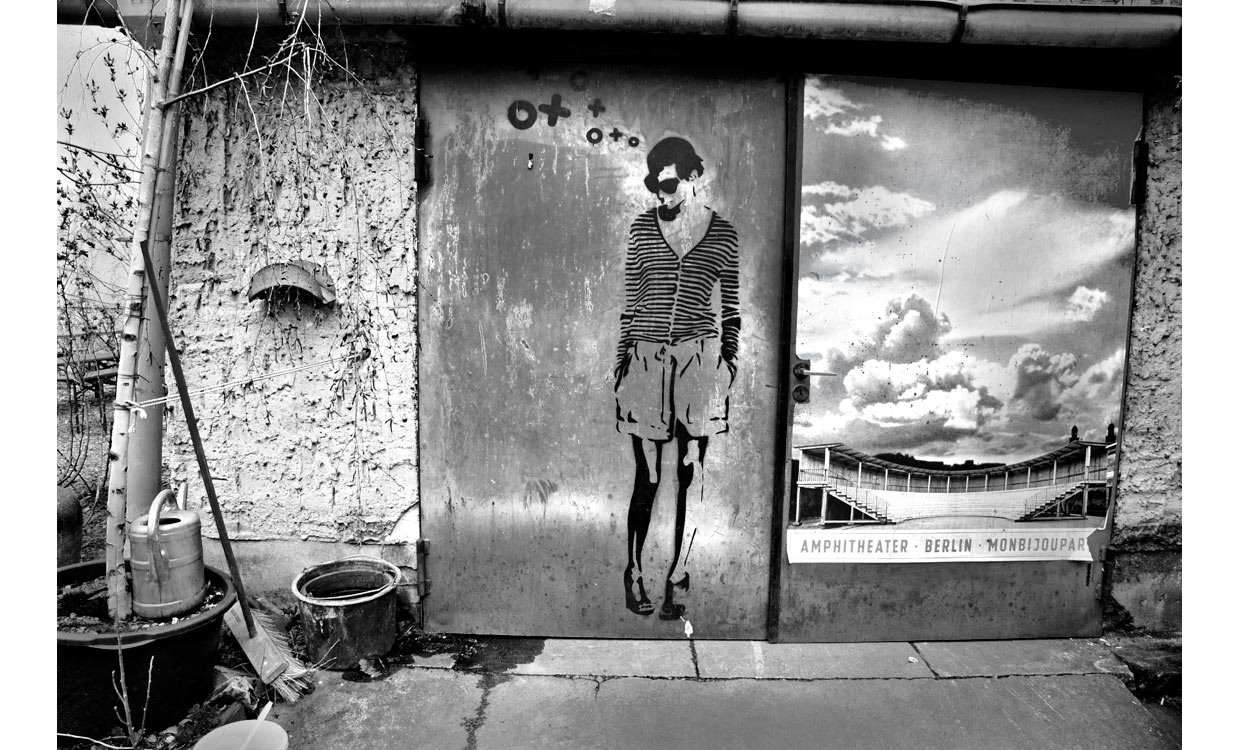
Source
"About Us. Moshe and Rivka Katvan met while attending the School of Visual Arts and have been partners in life and photography ever since. They are yin and yang of the studio, with each one’s unique skills combining to create a whole greater than sum of its parts. Moshe shoots all still life projects, while they collaborate on people shoots.Rivka is well-known for her photographic studies of the Broadway theatre, as seen in her recent Abrams’ book, “Backstage: Broadway Behind the Curtain.” Moshe’s years of still life experience has helped him hone his classic technique, yet he is always one of the first to adopt new creative trends and digital technologies. The studio is equipped with state-of-the-art digital capture, and offers full post-production services; scanning, retouching, compositing and calibrated outputs.
Above all, Moshe and Rivka are client-friendly. They always go the extra mile to fulfill an art director’s needs and vision,whatever the size of the project. And their clients always leave satisfied — with the work and the fabulous spread Rivka always provides. It’s this kind of personal warmth and professional excellence that has led to many long-lasting relationships with most of the people they work with."

Source
"About Us. Moshe and Rivka Katvan met while attending the School of Visual Arts and have been partners in life and photography ever since. They are yin and yang of the studio, with each one’s unique skills combining to create a whole greater than sum of its parts. Moshe shoots all still life projects, while they collaborate on people shoots.Rivka is well-known for her photographic studies of the Broadway theatre, as seen in her recent Abrams’ book, “Backstage: Broadway Behind the Curtain.” Moshe’s years of still life experience has helped him hone his classic technique, yet he is always one of the first to adopt new creative trends and digital technologies. The studio is equipped with state-of-the-art digital capture, and offers full post-production services; scanning, retouching, compositing and calibrated outputs.
Above all, Moshe and Rivka are client-friendly. They always go the extra mile to fulfill an art director’s needs and vision,whatever the size of the project. And their clients always leave satisfied — with the work and the fabulous spread Rivka always provides. It’s this kind of personal warmth and professional excellence that has led to many long-lasting relationships with most of the people they work with."

